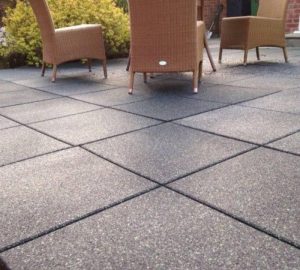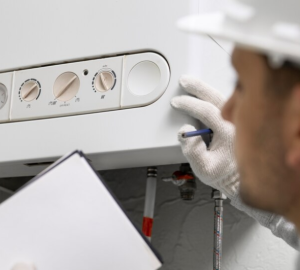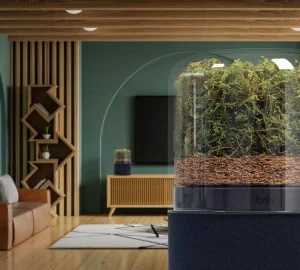Packaging is an essential element within the logistics industry.
Pretty much any product or material that needs to be moved between locations, whether to a customer or to another business, will need to be packaged in some kind of manner.
Without proper care, this can obviously become a highly inefficient step in the broader logistics process. Luckily, there are multiple emerging trends that can make your life easier and business run smoother, mostly consisting of technological solutions to optimise packaging and loading processes – here’s what to look out for in 2024.
True sustainability
One of the biggest trends we can expect to see continue growing as we move into 2024 is an increased focus on sustainability.
Packaging solutions have traditionally been highly wasteful – this often doesn’t just end up costing the planet, but also the business paying for all of this waste.
Sustainability in packaging takes three main forms: using as little packaging as possible, using recycled materials, and trying to implement reusable solutions, particularly in the B2B industry.
Automated loading systems
Another important trend to look out for in the realm of packing is the increasingly popular use of automated loading systems.
Designed and implemented by companies such as Joloda Hydraroll, these systems can massively increase efficiency in a range of warehouse environments – especially where the volume of items to be loaded is high.
Implementing an automated loading solution typically means that you can drastically reduce the number of personnel needed in the warehouse; as a result, the ROI on these solutions tends to be pretty impressive.
Space optimisation
In the logistics industry, space is literally money. The more space each item takes up, the more warehouses you need, and the bigger your delivery vehicles will have to be.
As a result, we can likely expect space optimisation to become an increasingly important trend in the packaging niche.
Not only is this positive from a sustainability perspective (the less space it takes up, the less material it will use) but it can also end up leading to further opportunities for optimisation throughout the logistics process, from storage to loading.
Smart packaging
Finally, we’re likely going to see an increased use of packaging solutions that contain a range of highly functional tracking technologies.
These will be equipped with technology such as RFID tags, that allow for accurate real-time tracking of packages, both inside the warehouse and once it’s out for delivery. As these technologies become cheaper and easier to produce on mass scales, they will likely be implemented in a wide range of different solutions.
This could also effectively mean the end of packages going missing, potentially saving businesses a significant amount of money over the years, while simultaneously leading to a far better service for consumers.
Which of these trends is most relevant to you will obviously depend on the kinds of products you deal with. It’s important to keep an eye on the latest developments, so that you can be sure you’re not missing out on anything potentially useful.









